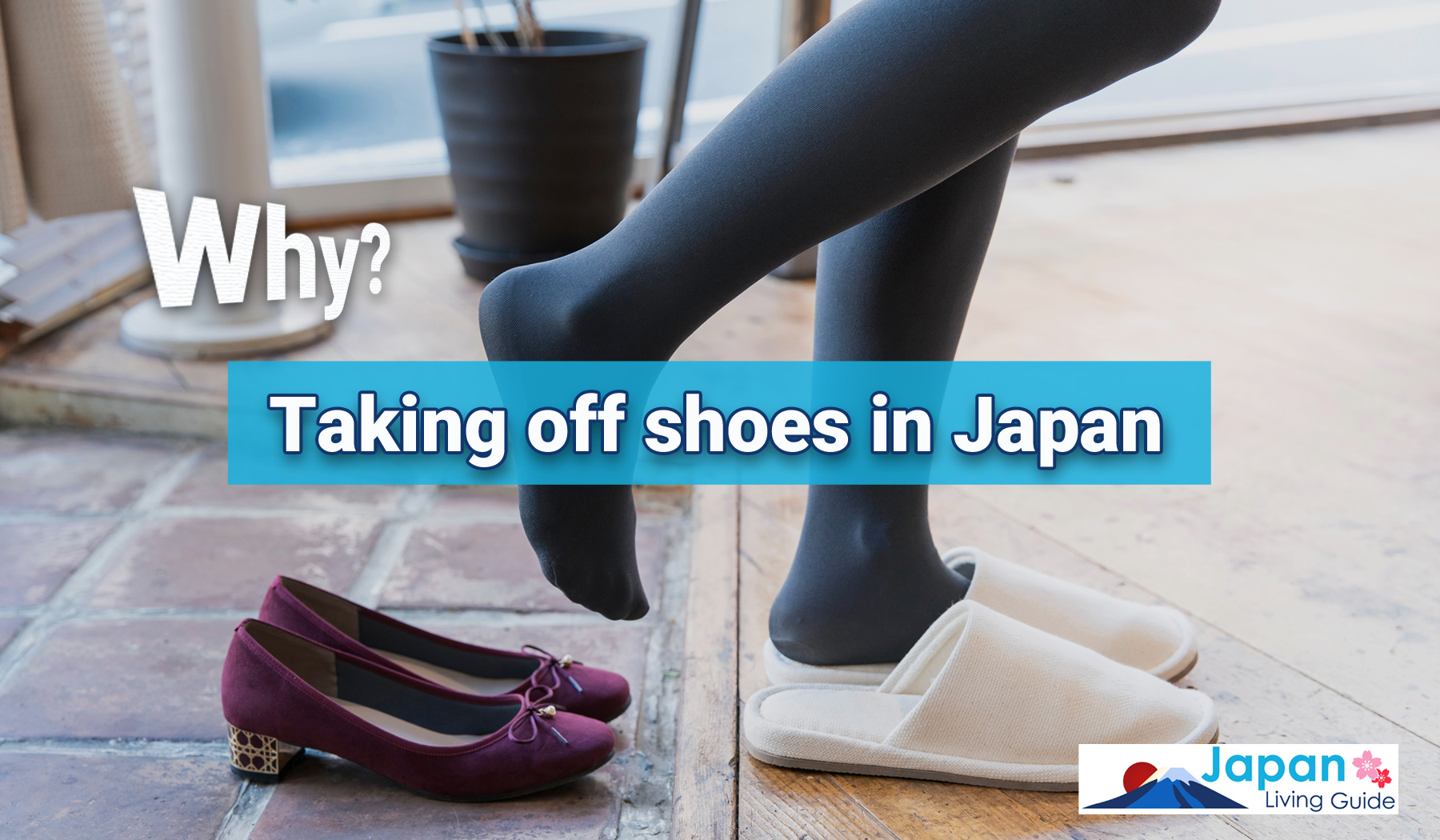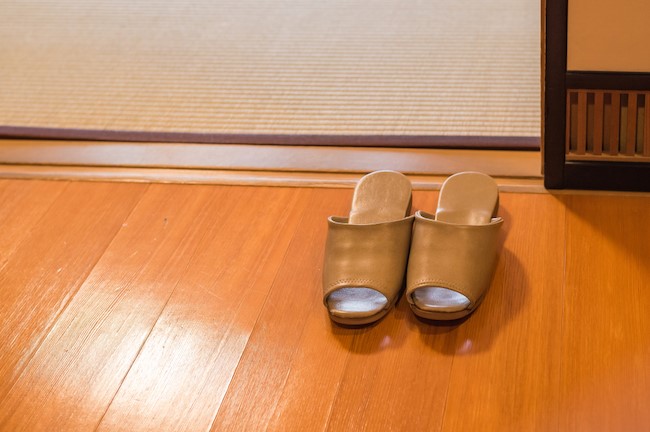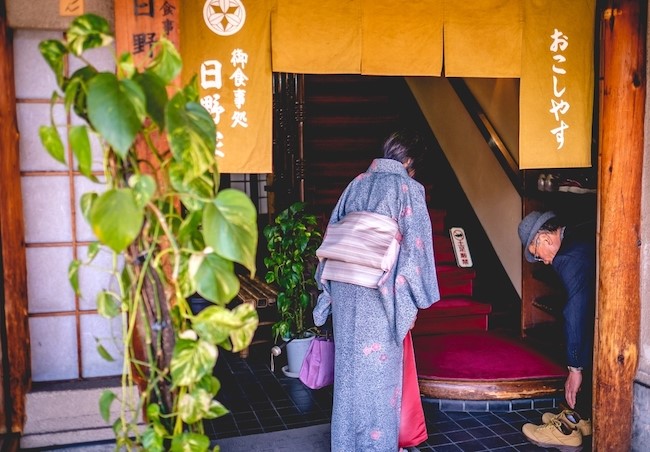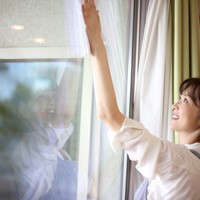Etiquette Guide: Why Do You Take Off Your Shoes in Japan?

If you have ever visited Japan, live in Japan, or even had some interaction with Japanese culture in your home country, you may be aware that taking off one’s shoes to go inside a residence is a common and deeply ingrained part of everyday life for Japanese people. However, the reasons behind this tradition are often overlooked.
Keep reading to find out why taking off your shoes is important in Japan, as well as some specific manners that accompany the practice and how to distinguish when taking your shoes off is necessary and when it is okay to keep them on.
*In Japan, it is prohibited to wear shoes inside rental properties, including monthly apartments. If you live in your rented room with your shoes on, it will be considered a breach of contract, and you may incur substantial restoration costs, so please take note.
Why Do You Take Off Your Shoes in Japan?

One of the first questions to come up when discussing this topic is why Japanese people feel it is important to take off their shoes when entering some buildings. The reasons vary, but when combined, work together to create a long-lasting cultural practice.
Cleanliness
One of the main reasons is simply that of cleanliness. Taking off your shoes before entering keeps dirt from your shoes at the door, which, in turn, keeps the inside of the home or business cleaner. This is especially relevant in Japan, where traditional tatami mat flooring can be easily damaged, easily soiled, and difficult to remove stains from.
On top of this, tatami mats were traditionally used for more than just flooring. They were also a place for sitting, eating, and even sleeping (usually with the use of a futon). While many Japanese houses are now built in a Western style, it is still common to have at least one tatami mat room in the house that requires the same level of care.
Also, the high humidity during the rainy season in Japan is a risk factor for both tatami mats and other flooring alike. Taking your shoes off so that you do not track in excess water and moisture is a necessity to avoid mold and other similar issues.
Showing Respect
In addition to the practical reasons, taking off your shoes is also seen as a sign of respect when entering someone’s home or place of business. Traditionally, it could be seen as disrespectful to keep your shoes on in someone’s residence. In the modern world, this is not as strict, but if you choose to keep your shoes on in a place where it is not expected, it may still be interpreted as rude and disrespectful.

- Tokyo's Finest Monthly Furnished Apartments
- Fully furnished apartments available for short-term rental in central Tokyo.
When and Where to Take Off Your Shoes
If you are new to Japan, you may be wondering at what point you need to take off your shoes when entering a building, and which types of places it is okay to leave them on. A common rule of thumb is if the place is culturally traditional, has tatami mats, or is someone’s personal space like a residence, then you should take off your shoes. Otherwise, it is likely okay to leave them on.
If you are in a place where you need to remove your shoes, there will usually be a clear entrance area called a genkan. This is often a step down from the main floor, and provides a clear hint that removing your shoes is necessary. It is also important to take in contextual clues, such as if there is a shoe rack or other people have removed their shoes. However, if you miss these clues, it is most likely that your host will ask you to remove your shoes rather than allow you to make the mistake of wearing them indoors.
Homes
The most standard rule is that shoes should come off inside private homes. This applies to visiting family, friends, or a first-time acquaintance.
Restaurants

Some older-style restaurants may require you to take your shoes off. This is usually required if tatami mat flooring is used or the seating in the restaurant is some variation of floor seating (such as floor cushions or recessed seating). To learn more about Japanese restaurant etiquette, please check "Restaurant Etiquette in Japan: How to Avoid Serious Mistakes".
Traditional Businesses
There are some specific situations surrounding culturally traditional places that require you to take off your shoes. For example, some businesses adhere to traditional practices, such as kimono shops and other similar businesses.
Shrines & Temples
A common place to take off your shoes is at shrines and temples. This can be confusing as not every shrine or temple requires it, and it is usually limited to within the main building. However, most shrines and temples that do require you to remove your shoes will have a clear area for doing so as well as racks or boxes to store your shoes, and possibly signs to remind you to do so.
>> Prayer Offering Manners at Shrines and Temples in Japan
Onsen & Public Baths
Also falling into the traditional cultural category are onsens and public baths. While it may seem obvious to remove shoes (including flipflops or sandals) when entering into a bath, in Japan, it is important remove your shoes at the entrance to the building, rather than in the changing room. Additionally, many onsen businesses use tatami mats, which need to be kept clean and dry.
Proper Etiquette When Taking Off Your Shoes
In addition to knowing where wearing shoes is inappropriate, it is also important to know what the proper etiquette is for taking off shoes in Japan.
- Wear clean, presentable socks with no holes
- Wear shoes that are easy to take off and put back on
- Neatly place your shoes in the provided area or storage container
Learn More about Japanese Etiquette and Culture
Whether you are living in Japan or just visiting, taking off your shoes will come up from time to time and is an important cultural expectation that every foreigner must abide by. It can sometimes be confusing as to which situations require it, specific etiquette surrounding it, and even the reasons behind it, so it is important to look around for clues on what is expected of you whenever you enter a building or residence.
For more useful information on Japanese cultural expectations, be sure to check out our many articles on the subject, including gift giving, dress codes, business etiquette, and more.
















